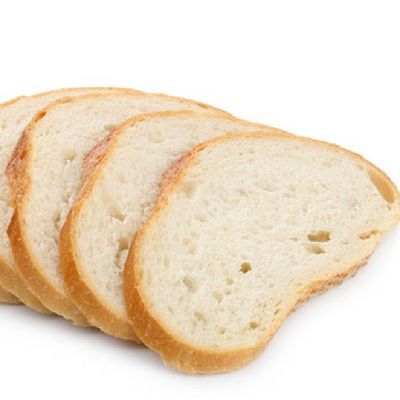Origin
Clean label mold inhibitors in bakery applications have become a core subject in the development of new products. High-speed bakers are starting to replace chemical preservatives, like calcium propionate and sorbates, with natural mold inhibitors.
Function
There are two main clean label mold inhibitor categories, based on what they do. First is pH reduction in dough or batter, and then disrupting mold cellular membranes and processes.2
Category 1: pH reduction2,3,4,5
- Vinegar
- Prune/plum juice concentrate (PJC)
- Raisin juice concentrate
- Culture whey products
- Cultured flour
Category 2: cell disruption2,6
- Cinnamon
- Cloves (Syzygium aromaticum)
- Natamycin
Commercial production
- Vinegar: produced through the fermentation of carbon sources using food-grade microorganisms, like acetic bacteria.
- Fruit juice concentrates: prepared by a series of soaking or washing steps of raisins, plums or prunes in water. Then, the liquid containing leached organic acids is evaporated under vacuum to a 70° Brix syrup.
- Cultured whey products: obtained by fermenting pasteurized sweet whey, with a culture of food-grade lactic acid bacteria (LAB).
- Cultured wheat flour/starch: similar to cultured whey products.
- Cinnamon, cloves: natural spices
- Natamycin: produced through fermentation of carbon sources, using the food-grade microorganism Streptomyces natalensis.
Application
Category 1: pH reduction1,2,3,4
| Relevant aspects / benefits | Amount used (baker’s %) | Associated challenges | |
|
Vinegar Active component: Acetic acid |
|
0.5–2.0% (50-grain), or0.25–1.0% (100-grain) |
|
|
Prune/plum juice concentrate (PJC) Active ingredients: Malic (1–2%), benzoic and salicylic acid occur naturally in prunes. |
|
9.0–12.0% |
|
|
Raisin juice concentrate (RJC) Active ingredient: Tartaric (1–2%) and propionic acids (500–600 ppm) |
|
2.0–3.0% |
|
|
Cultured whey products / Cultured wheat Active ingredient: Acetic, propionic and lactic acids |
|
Varies depending on formulation |
|
Category 2: cell disruption1,2,3,5
| Relevant aspects / benefits | Amount used (baker’s %) | Associated challenges | |
|
Cinnamon, cloves Active components: Cinnamaldehyde, eugenol, acids and alcohols |
|
1.0–2.0% (dry spice solids) |
|
|
Natamycin |
|
Spray a 7–20 ppm solution on the surface of baked foods. |
|
FDA regulation
Clean label inhibitors fall into the category of natural food ingredients. These can be added to food products with no limitations. Natamycin is the only exception, where maximum usage levels cannot exceed 20 milligrams per kilogram of product (20 ppm).6
References
- Sahi, S.S. “Applications of Natural Ingredients in Baked Goods.” Natural food Additives, Ingredients and Flavourings, Woodhead Publishing Limited, 2012, pp. 318–332.
- Albers-Nelson, R. “Clean Label Mold Inhibitors for Baking”. Oklahoma State University Cooperative Extension FAPC-173, 2010.
- Sanders, S.W. “Using Prune Juice Concentrate in Whole Wheat Bread and Other Bakery Products.” Cereal Foods World, 36, 1991, 280–283.
- Fagrell, E. “Raisin Usage in Baked Goods.” AIB Research Department Technical Bulletin. Volume XIV, Issue 4, 1992, 1–8.
- Peter, K.V. Handbook of Herbs and Spices, 2nd Edition, Woodhead Publishing Limited, 2012, pp. 182–215.
- U.S. Food and Drug Administration, CFR – Code of Federal Regulations Title 21, Part 172: Food Additives Permitted for Direct Addition to Food for Human Consumption, https://www.accessdata.fda.gov/scripts/cdrh/cfdocs/cfcfr/CFRSearch.cfm?CFRPart=172. Accessed 29 May 2019.

